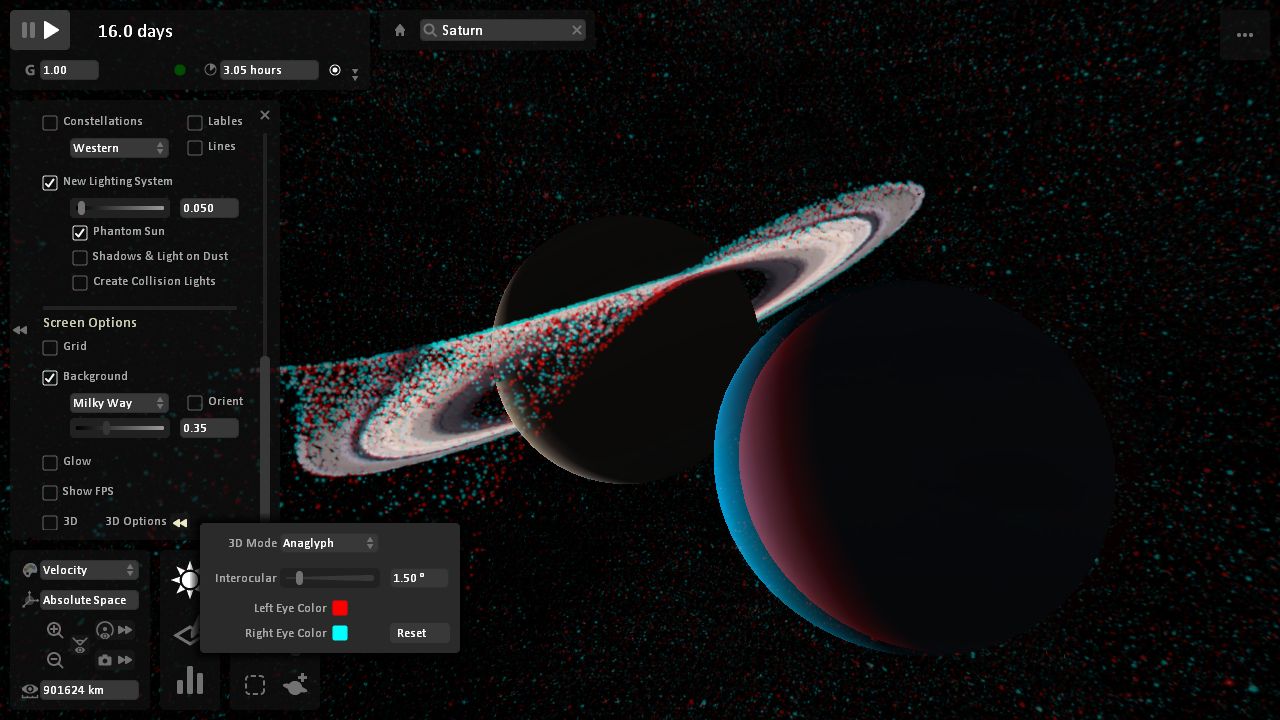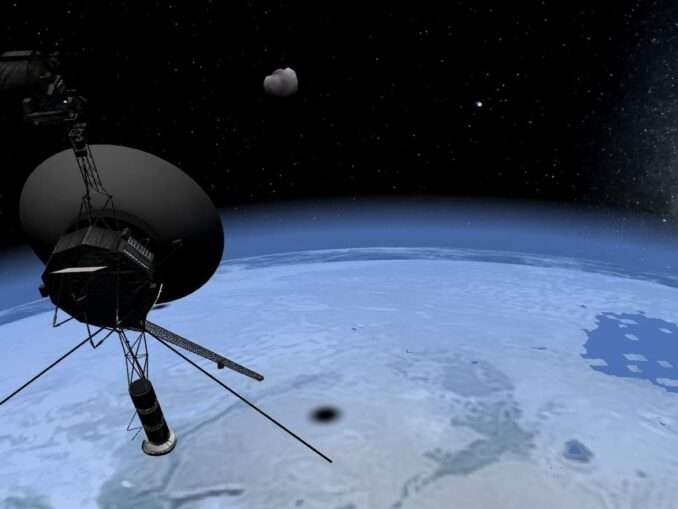

On August 12, 2045, California will experience a solar eclipse. This is the same as the previous simulation, except that you are watching from one of the moonlets. Watch them collide and form bigger moons. Watch them collide and form bigger moons.Ħ0 moonlets orbit the Earth. The asteroid 2014 TW in a rotating frame.Ħ0 moonlets orbit the Earth. The asteroid 2015 JD3 in a rotating frame. The asteroid 2014 WU200 in a rotating frame. The asteroid 2014 WA366 in a rotating frame. The asteroid 2013 RZ53 in a rotating frame. The asteroid 1991 VG in a rotating frame. The asteroid 2014 WX202 in a rotating frame. The asteroid 2009 BD in a rotating frame. This asteroid gets captured into Earth orbit where it stays for a year before escaping. The asteroid 2006 RH120 in a rotating frame. The Spitzer Space Telescope in a rotating frame. Watch the Earth from Apophis during the years 2008 until its ultimate fate on April 13, 2029 With Earth's diameter exaggerated by a factor of 10, Apophis' 2029 near-miss becomes an impact. Watch from Mars' outer moon, Deimos, as Mars is struck by several of these clones. In this rotating frame, watch as these objects trace tadpole and horseshoe orbits.Īsteroid 2007 WD5 and 200 clones approach Mars. 10 asteroids are placed near its L4 point, and 10 more asteroids are placed near its L5 point. Trojan asteroids occupy its Lagrange points. Themisto orbits just outside the orbit of the Galilean moons.Ī Jupiter-mass planet orbits the Sun at 1 AU. Carpo orbits Jupiter in a prograde direction at the inner edge of the Anake group.

Themisto and Carpo do not belong to any group. The Pasiphaë group contains Jupiter's most distant moons. The Carme group also orbits Jupiter in a retrograde direction from about 23 million kilometers. The Ananke group of moons orbits Jupiter in a retrograde direction at a distance of about 21 million kilometers. The Himalia group of moons orbits Jupiter at distances of around 11-12 million kilometers. The four Galilean moons are the most well-known. They orbit in Jupiter's equatorial plane. The inner moons follow circular orbits around Jupiter interior to Io's orbit. This simulation gives you a view from Saturn of Jupiter's system. Twitter: SimulationĪ view of out solar system's planets and Pluto from above the ecliptic. Here are some simulation created with Orbit Simulator.įor many more, visit my Twitter account.


 0 kommentar(er)
0 kommentar(er)
